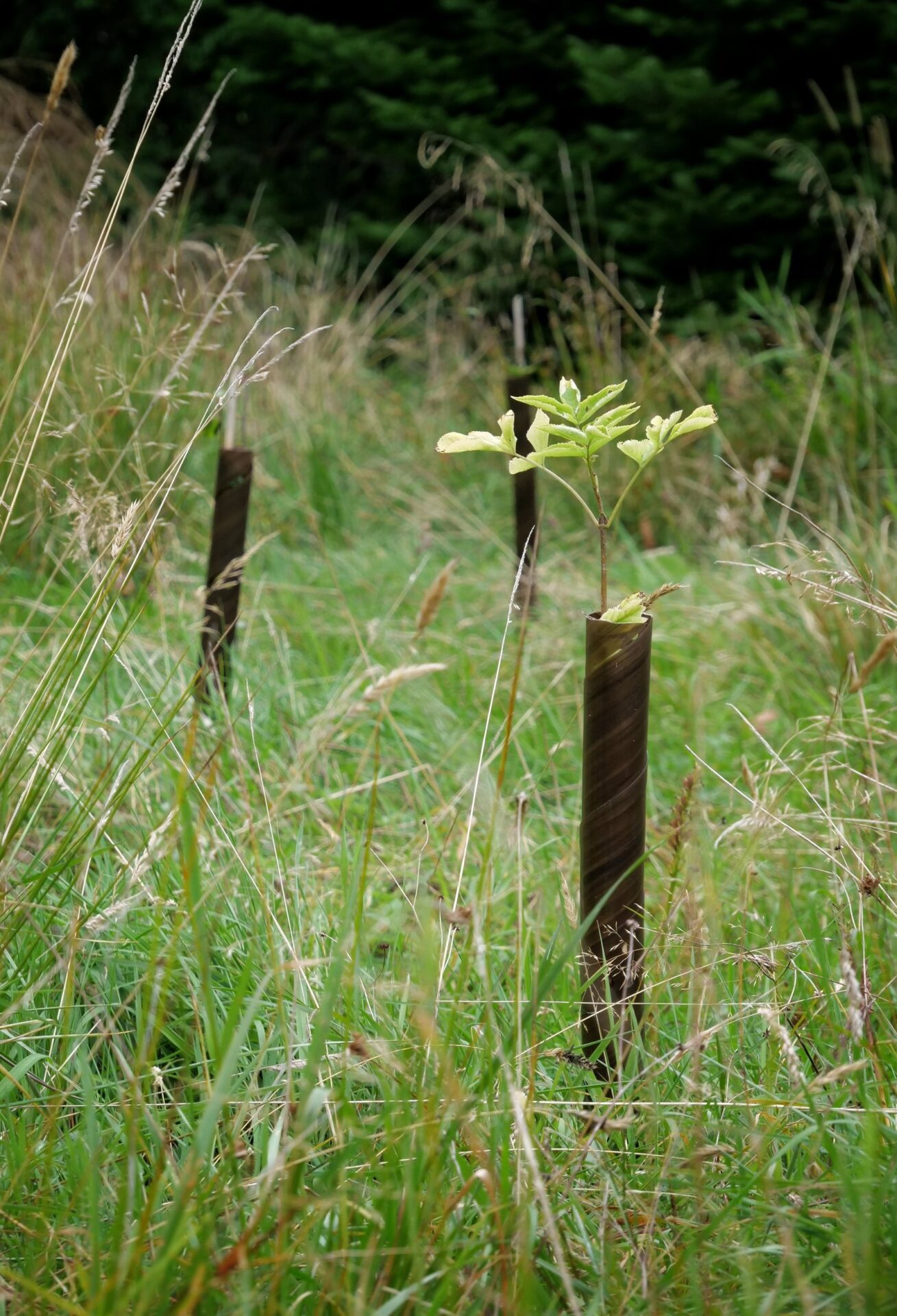Green Action Trust recently hosted an insightful peer learning session on the development of Nature Networks; a key initiative for Scotland’s response to the climate and biodiversity crises embedded in national policy through the Scottish Biodiversity Strategy and NPF4.
Nature Networks connect biodiversity-rich areas through habitat corridors and stepping stones. Strengthening ecological connectivity is essential for supporting healthy ecosystems and enabling the long-term recovery of Scotland’s natural environment.
This online event, organised with collaboration from NatureScot, was created to give staff from local authorities the space to share their challenges around Nature Network implementation, learn from each other, and begin shaping solutions together. The session was attended by representatives from 26 Local Authorities and 5 organisations, covering nearly every corner of Scotland.
With the help of facilitator Sam Barnett from the Partnership Lab, we discussed Nature Networks in three parts: Identifying and Mapping Nature Networks, Developing a Project Pipeline, and Delivery. Following the session, we produced a report for attendees and the Scottish Government, to highlight the challenges, showcase the discussed solutions, and help drive coordinated action for Nature Networks implementation at a local and national level.

What we heard: challenges on the ground
The following themes and barriers to the implementation of nature-based solutions emerged during the dThe session highlighted that Local Authorities are all at different stages in their Nature Networks work.
Mapping tools and timelines were a big discussion point, with many Local Authorities using the AECOM Eco Uplift tool but having varying experiences with it. With tight deadlines to feed Nature Networks into Local Development Plans, some Local Authorities felt the time-pressure, particularly with limited internal capacity.
Stakeholder engagement was brought up a lot throughout the session, particularly around the challenges of engaging with landowners and community groups. For rural landscapes, this gap can be even more pronounced.
Moving from concept to delivery seemed to also come with difficulties. Many successful examples, such as those presented by the Leven Programme and Inner Forth Futures, are led by NGOs with dedicated project teams—something most councils don’t have. Add in fluctuating budgets, uncertainty over funding, and procurement complications, and it’s easy to see why turning plans into action is proving tough.
Co-designing solutions
Despite the challenges, the mood was constructive, and solution focused. Authorities shared creative ways of building project pipelines, including better use of existing green-blue networks, community-driven engagement, and working closely with NGOs to fill resource gaps. There was a strong appetite for more targeted workshops on specific topics—such as rural delivery and funding—and a desire for better coordination between councils and national organisations.
A big positive was the shared interest in forming an ongoing peer network. This would provide a regular space to troubleshoot issues, share updates, and build collective momentum.
Moving forward
NatureScot and Green Action Trust will continue working together to push forward some of the key actions suggested in the session—including delivering focused workshops and helping facilitate a peer support network. If the peer network is something you’d like to be part of, or help shape, please do get in touch via [email protected]
We’d also encourage everyone to explore the newly refreshed Nature Networks Toolbox, which went live this month at www.naturenetworks.scot. It includes case studies, tools, and practical resources to support implementation across a wide range of settings.
This session was just the beginning. What we saw was a huge amount of dedication, creativity, and willingness to share—and it’s that kind of collaboration that will bring Scotland’s Nature Networks to life.
